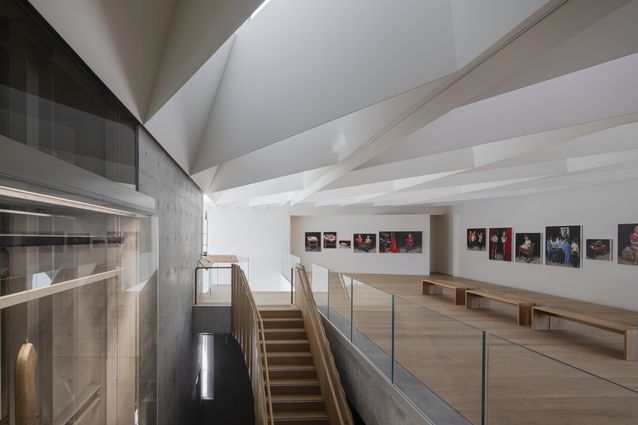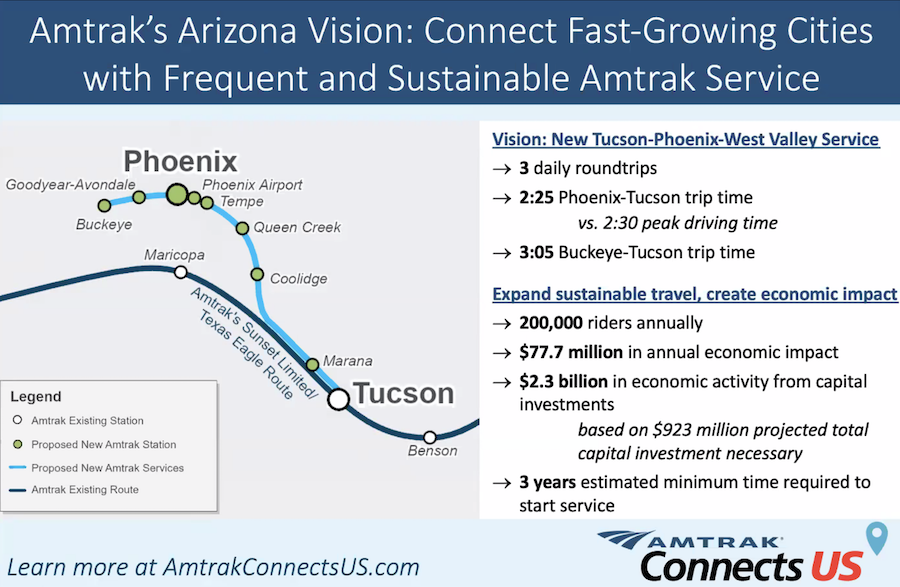The average list price for a home in Metro Phoenix hit a new high of $ 465,000, up 15.8% year over year, according to a new report from Realtor.com. New listings showed signs of a comeback in June as property prices broke a new record at $ 385,000 for the fifth straight month, according to Realtor.com’s monthly property report released today. While the number of homes for sale remained drastically lower than normal with a decline of 43.1% year-on-year, June marks a significant improvement compared to the decline of 50.9% in the previous month. “While there is still a significant shortage of properties for sale and property prices have just hit new highs, our June data report shows good news for buyers,” said George Ratiu, Senior Economist at Realtor.com®. “The inventory decline has improved from the steep declines at the beginning of the pandemic, when sellers re-entered the market in various price ranges across the country. The improvement in new listing growth from May to June shows that historically sellers are entering the market later in the season, which could mean we will continue home buying into the fall as buyers seize new opportunities. ”Loud According to the data from Realtor.com®, new offers rose by 5.5% in June compared to the previous year and by 10.9% compared to the previous month. Among the largest US metropolitan areas, the top 10 markets for new listings saw year-over-year increases of 20% or more. Although there were fewer homes for sale on a typical June day compared to last year and the average June 2017-2019, the surge in newly listed homes could give buyers more homes to choose from and potentially more time to make decisions. If these trends continue, inventory levels and price growth could continue to weaken as the property market returns to a more normal pace of activity in the second half of 2021, Ratiu said. Inventory decline continues to slow as new listings deviate from typical summer trend U.S. inventory declined 43.1% year over year last month, which translates into 415,000 fewer homes for sale on a typical June day compared to the same time last year, but an improvement over the declines recorded in March, April and May of more than 50% over the previous year. While more sellers came onto the market in June compared to the previous year, the growth in new entries was still 14.4% below the average of the June values from 2017 to 2019. Compared to the national rate in June, inventories made in the 50s Years ago, major metros rebounded, down 40.5% year-over-year as big city vendors brought 11.7% more deals to market. In the top ten largest increases, new entries grew over 20% year-over-year, including Milwaukee (+ 44.7%), San Jose (+ 40.7%) and Cleveland (37.9%). Stock market listings hit new high as growth slows In June, the average US banknote price rose 12.7% year over year to $ 385,000, marking the fifth consecutive month of record prices from Realtor.com® data from the Year 2012 However, year-on-year price growth slowed in June for the second consecutive month from 15.2% in May. Price growth in the largest US metropolises is slowing faster than the national pace and rose by 5.3% year-on-year in June and is thus below the growth rates of May (+ 7.4%) and April (+ 11.6% ). Among the 50 largest markets in the country, Austin, Texas continued its hit streak in 2021, taking the top spot in price growth, up 34.3% year over year. Riverside, California, and Tampa also saw some of the largest gains year-over-year, at 19.6% each. Homes continue to be evicted as buyers compete for inventory The typical home spent 37 days on the market in June, 35 days faster than last year and 21 days faster than the average time on the market in 2017, 2018 and 2019, what is normal market. Denver and Rochester shared the fastest time on the market in June, averaging 12 days, followed by Nashville (15 days). Houses sold even faster in the 50 largest US metropolises, which spent an average of 31 days on the market and fell by 23 days year-on-year. The biggest cities with the biggest declines in the days in the market were Miami (-52 days), Raleigh (-48 days), and Pittsburgh (-48 days).
[ad_2]











